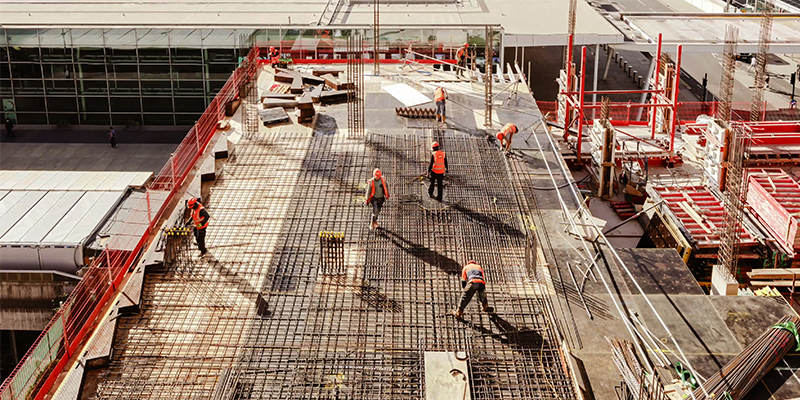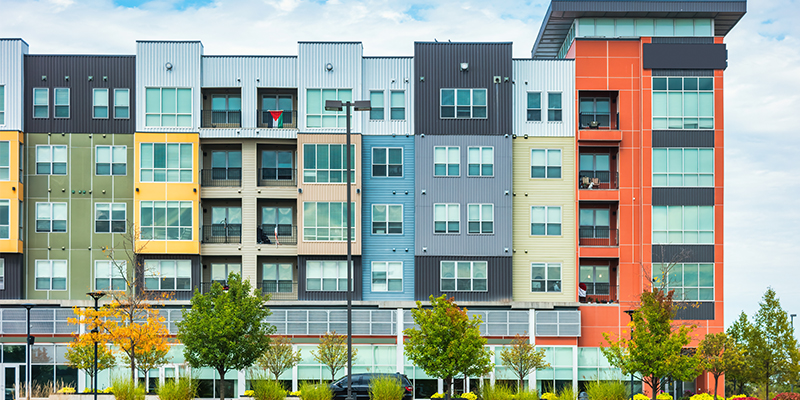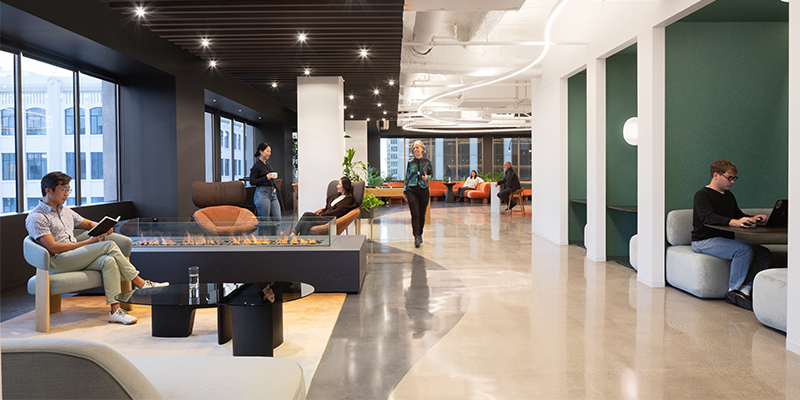Supply chain bottlenecks over the past two years have created challenges for construction schedules and project deliveries. In a session at NAIOP’s I.CON East: The Industrial Conference this week in Jersey City, New Jersey, Sheila Sutton, project executive, construction, Duke Realty Corporation, led a panel of experts for a discussion on ways to address supply chain issues, cost overruns, and how to manage client expectations to ensure satisfaction for both the client and project team.
Material Escalations and Lead Times
Alston Construction has conducted internal studies to analyze material cost escalations and supply chain lead times, said the company’s CEO Paul Little. Steel and roofing are the most volatile in terms of pricing and availability. It’s not uncommon to see subcontractors specify in their steel/precast proposals that steel pricing is based on current steel material pricing and due to pricing volatility, may only be valid for two weeks, one week or even one day. Before 2021, steel averaged a lead time of three to six months; now it averages eight to nine months.
In some cases, steel suppliers’ proposals specify that delivery dates and production slots are on a first-come, first-served basis. Project teams that may have anticipated longer lead time are suddenly tasked with securing and storing steel for a 1.4-million-square-feet building – knowing having the materials early is still a better option than not having the steel when they originally expected it to be delivered.
“It has created some unique challenges and really stretched our teams,” Little said. “You see some stress in the system.”
The cost of roofing is also “through the roof,” and procuring it continues to be a major challenge. Manufacturers are currently estimating 12-13 months to deliver roofing, according to Little, whereas before 2021 the lead time would run closer to one to two months. The situation with roofing is unlikely to resolve anytime soon, said Little, meaning contingencies and allowances will remain an expected part of business.
“The unpredictability is very challenging,” Little said. “Building trust with the customer and within the team is absolutely the most important thing we can do at this point.”
“I think what we’re seeing is there’s tons of opportunity to innovate and to think creatively,” said Scot Murdoch, AIA, partner, KSS Architects. Architects and developers can “make lemonade out of lemons” in reframing the conversation with potential tenants.
Some tenants are looking to implement sustainable practices as part of reaching their Environmental, Social and Governance (ESG) goals, and may be open to alternative materials and sustainable solutions.
His firm is seeing subcontractors innovate and work to overcome hurdles, Murdoch said. “You have to pick the right client and the right potential project,” he said. “It’s a risk out there that not everyone wants to be at the tip of the spear in terms of material innovation. [The key is] finding that right partnership at the right scale.” It might be better to test out new materials on an 80,000-square-foot building before tackling a million-square-foot one, he said.
Moving Forward
“We can’t just live in the world we used to,” Murdoch said. “I think the more that we can recognize that the world is requiring us to do a more integrated method of delivery, we can start to partner, and we can start to be smart relative to early bulk purchases of materials … Let’s rethink the process in order to strategically gain advantage.”
“I think we can all agree that the earlier on in the process that innovation and those alternatives come into play, the better it is for everyone,” Sutton said, “from a budget, timing and design perspective.”
“If you want to save time or money on a project, the best time is in the beginning,” Little said.
This post is brought to you by JLL, the social media and conference blog sponsor of NAIOP’s I.CON East 2022. Learn more about JLL at www.us.jll.com or www.jll.ca.









